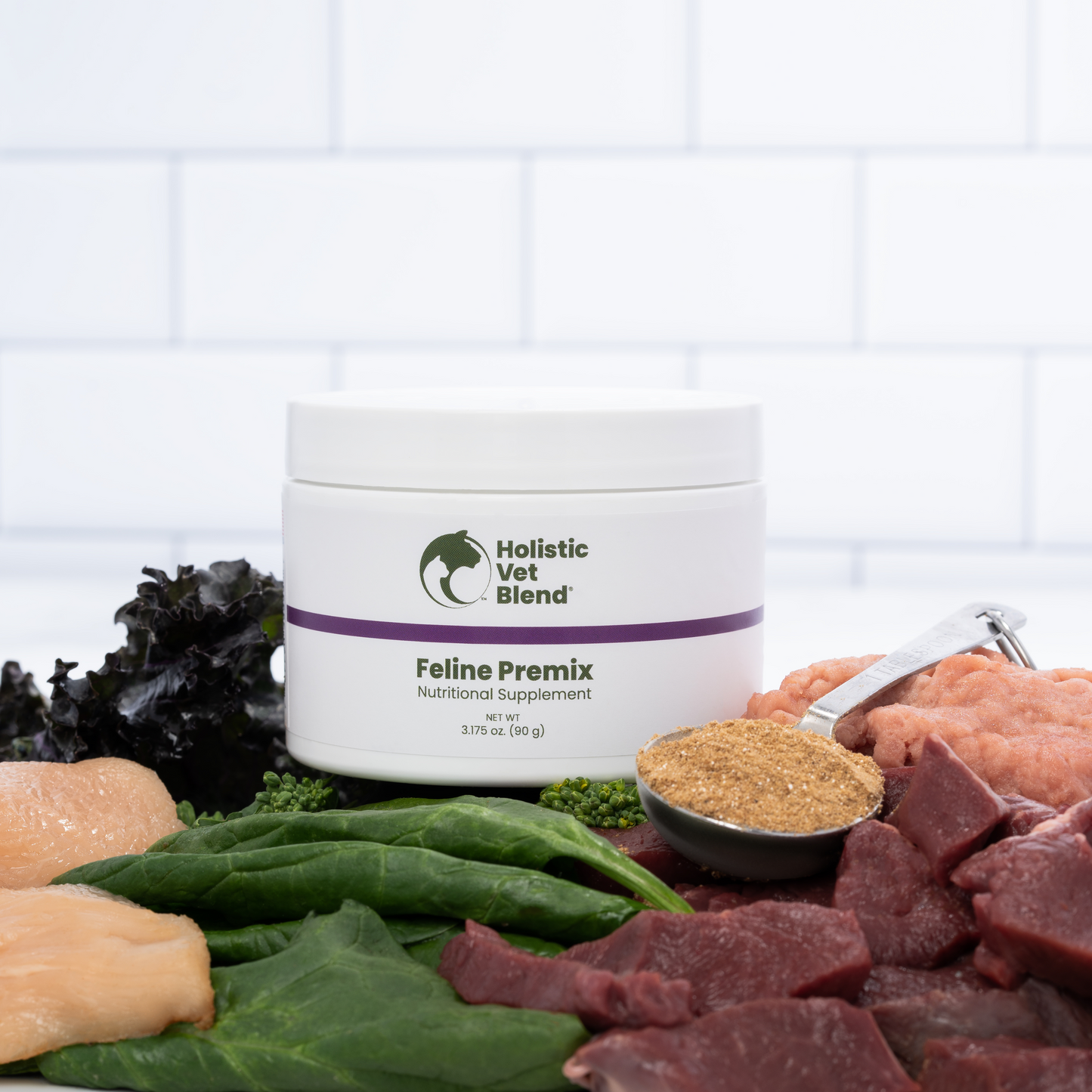
I recently spoke to a pet owner who was concerned about going back to work post COVID. Their recently rescued pet was accustomed to them being home with the exceptions of essential trips and she jokingly referred to him becoming her “Velcro dog”. Increasingly, people are adopting pets in record numbers during the pandemic. Many are working from home and find it a convenient time to housebreak a puppy or spend important time training and bonding. Rescued dogs, nervous dogs, puppies and seniors are the most vulnerable to changes. Experiencing a sudden change like us being away for prolonged periods can worsen their separation stress or anxiety. It doesn’t help that many people are more stressed than ever and are unwittingly projecting a lot of that stress onto their pets.
Being home with your pet can be a great bonding experience, but it can be a very big adjustment when the time comes to go back to the office. Preparing our pets so that separation stress and anxiety is less likely to occur starts with identifying the signs.
What signs should we look for that our pet may be suffering from separation stress and anxiety?
- Change in routine
- House-soiling
- Decreased appetite
- Increased barking
- Salivation
- Anxious behavior such as pacing
- Recent death of another pet or family member/ illness of a family member/ stress in the home
- Destruction of property especially near exits
- Depressed behavior at departure and over the top excitement when returning home
What can you do to prevent separation stress and anxiety?
Make departures and returns as unemotional as possible. Do not acknowledge your pet when you come home until they are calm.
Create a safe space at home
Find a quiet spot away from windows and doors and put a bed or mat down. Provide rewards on the mat or a special toy or puzzle to play with. Ideally, a safe space could be their crate and it’s always a good idea to get your pet used to a crate from the beginning. I highly recommend Susan Garret’s video called “Crate Games”. Your dog can learn to have a positive association with the crate through playing games. Ideally these games would start with a new puppy and gently exposing a rescue to the crate. Never force a dog that is not accustomed to being in a crate be suddenly confined to one.
Provide plenty of stimulation
30-minute walks twice daily are a goal. Make time for at least two walks a day and set aside time for play. It’s good for you and your pet. Teach your pet to relax on a mat by rewarding them when they lay down on it. You can get a “Manners Minder” or other treat dispenser when your pet exhibits calm behavior. It has a remote that you can press to dispense treats. Puzzles are also a fun way to occupy your dog.
Try giving them healthy treats
Stuff a Kong or my favorite a West Paw Zogoflex Toppl Tough Treat Dispensing Dog Chew Toy. Make sure the hole in the Kong is big enough that your pet cannot get their tongue caught in it (this is rare but something to keep in mind). There are many delectable and healthy things to use to stuff a Kong or Zogoflex Toppl. Try rolled oats, bananas, apple sauce, baby food, peanut butter and yogurt. Be careful not to go too heavy on the calories with Peanut butter and higher calorie snacks. Mix up your healthy stuffing to a consistency that makes it easy to load and freeze so that the snack lasts longer. You can also prepare a balanced dog food and stuff the Kong with it. For recipes go to www.holisticvetblend.com and sign up for a free cookbook. I suggest preloading and freezing the treat or food dispenser and give it to your dog when you leave.
Be careful not to punish
Never punish a dog that has been destructive or had an accident in the house. They are exhibiting this behavior as they want to desperately be with you and are experiencing the equivalent of a panic attack. Punishing them only makes the behavior worse.
Ask the experts
Consult with your veterinarian. Bring a video of your pet’s behavior if possible. Your veterinarian may recommend medication in conjunction with behavior modification. Ask your veterinarian about CBD or other natural calming remedies. I also like the calming wrap called a Thunder Shirt. They have a money back guarantee if it does not work for your pet so it’s worth a try! If the symptoms are severe and your pet is vocalizing and destructive, it is also highly recommended to work with a trainer.
For access to more helpful tips on holistic pet care go to www.holisitcvetblend.com.













